Category: Philosophy
January 6, 2010
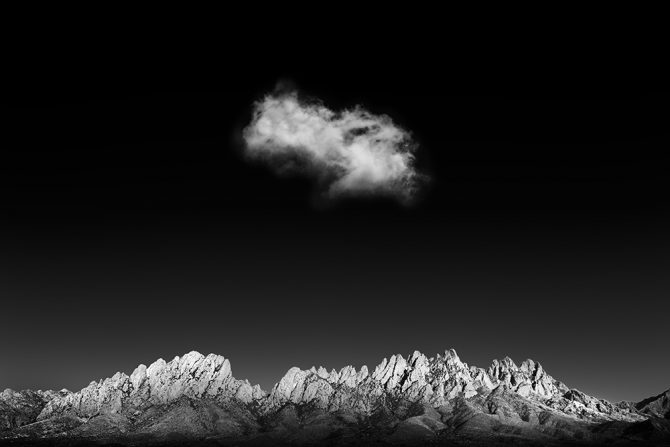
Some of you are familiar with my admittedly odd practice of not studying other photographer’s work. It’s something I’ve been doing for about 2 years now and it’s always been met with curiosity, dismay and sometimes even a little hostility. I mentioned it again in the last blog and it was suggested by my friend and fantastic b&w photographer, Lance Keimig, that this might be a good discussion topic. I agreed and so here we are.
Let me explain why I began this unconventional practice and then I’d love to hear your thoughts on it. However, this might be a very one-sided discussion as I’ve not met many people who agree or appreciate what I’m doing. So if I’m the lone man on this issue, some of you might need to side with me just so we can have a two-way discussion!
To start with I’d like to point out that I’ve never suggested that others should adopt this practice, I’ve just described what I was doing. However I recognize that when one writes publicly, your words can come across as advice.
Several years ago I came to the hard realization that I was not creating with my own vision, but rather I was copying the style and even the images of my revered childhood hero’s. The full impact of this hit home when I was attending a Portfolio Review at the Center in Santa Fe. One of the reviewers said that it appeared I was trying to copy Ansel Adams and Edward Weston’s style. When I responded that I was, because I loved their work, he very bluntly pointed out that Ansel already did Ansel and that no one was going to it better than Ansel. At the time those were very hard words to hear, but over the next year I came to agree with him and it started me on the quest to create with my own vision.
As I analyzed how I was working, I came to the conclusion that when I studied another photographer’s work, I was imprinting their style onto my conscious and subconscious mind. And then when I photographed a scene, I found myself imitating their style rather than seeing it through my own vision. To overcome this tendency I decided to stop looking at the work of other photographer’s, as much as was practically possible.
So for the last two years I’ve tried it; I’ve not read my B&W Magazines, poured over my LensWork or sought out great photography on the web. It’s been hard, and at times I’ve felt like a celibate monk working at a nude beach!
Has it worked? Yes, it has had a positive affect on my art and I feel that my images are increasingly “me” and not just copies of someone else’s work. I’m making progress and when I think of my projects such as The Ghosts of Auschwitz, The Lone Man and the Harbinger series (new image above) I’m pleased with my “direction.”
I don’t expect to continue this practice forever. Once I’ve better developed my vision and have become more disciplined, I’ll return to enjoying black and white photography which has been my first love since the age of 14.
But for me, at this time, and for where I’m at creatively; photographic celibacy is helping!
Cole
P.S. I’ve just had an experience that reinforces my position on this issue. One of my images will be in a new book entitled “Why Photographs Work” by George Barr. Last night we were given a link to review the images chosen and as I looked for mine I came across an image by Brian Kosoff that just stopped me dead in my tracks. It’s entitled “Three Crosses” and it’s the first image on his home page. Do you want to guess where my mind has been all day today as I drove around town? I’ve been looking for telephone poles in patterns so that I can imitate his work!
Bad, bad Cole.
January 1, 2010
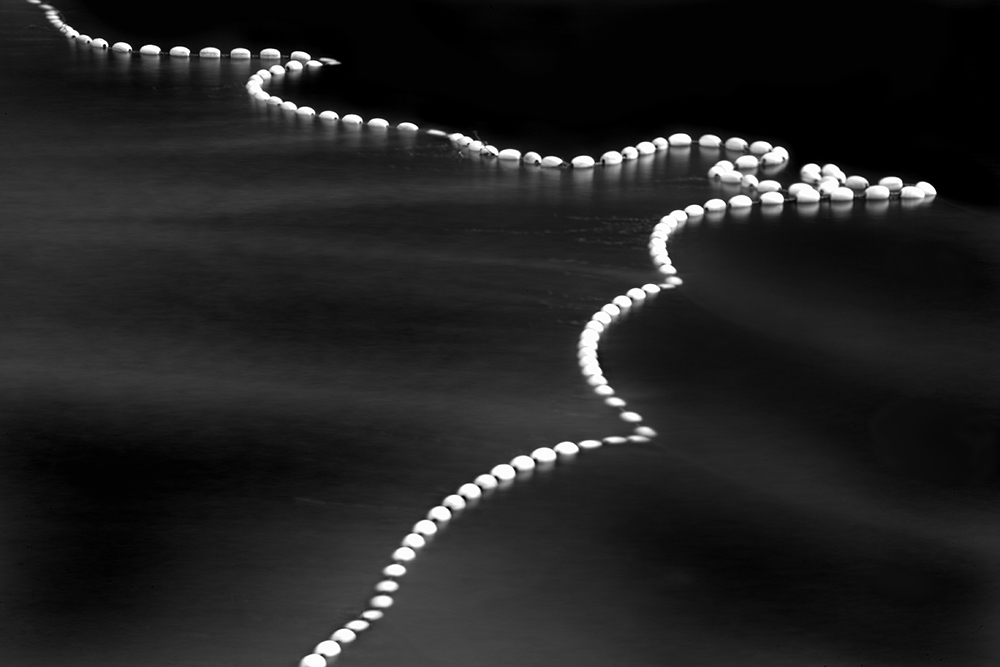
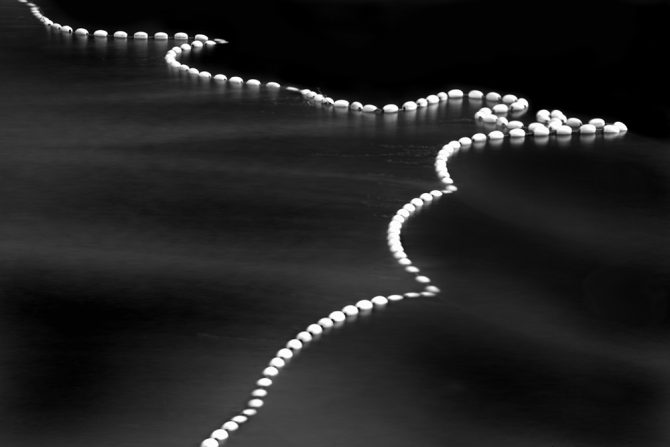
I will think of myself as an artist, not as a photographer.
I will develop my own Vision, not copy the Vision of others.
I will work on seeing with my Vision and not with my eyes.
I will avoid studying the work of other photographers.
I will not let the opinions of others affect how I feel about my work, for good or for bad.
I will focus on the creative process, not equipment or the technical processes.
I will shoot more often, every day if possible.
I will always stop when I see something that interests me, even if that means I’ll be late.
I will try something new and different.
I will not try to define what art is, or what it is not.
I will always encourage others in their creative process and I will appreciate those who encourage me.
I will associate with positive people.
I will get on the road and finish my Harbinger series.
I will start several new projects that excite me.
If I’m working on a project that does not excite me, I will abandon it.
When I find myself in a slump, I will not worry about it but patiently keep working and have faith that it will pass.
I will not compromise my values.
I will believe in myself, and that I can do anything I set my mind to.
I will love what I’m doing.
~
Happy New Year.
Cole
December 13, 2009
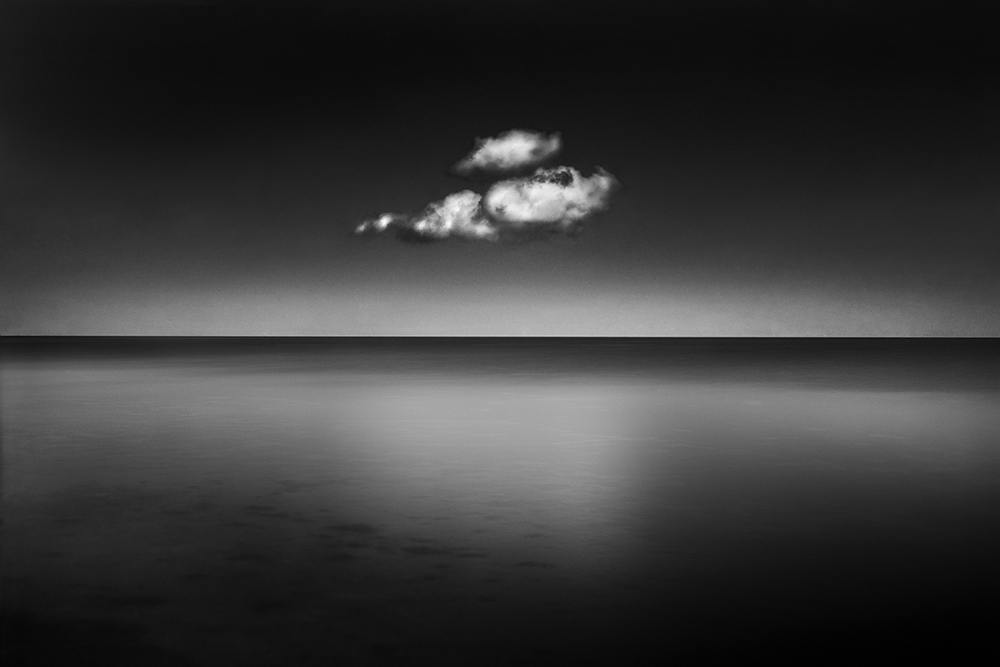
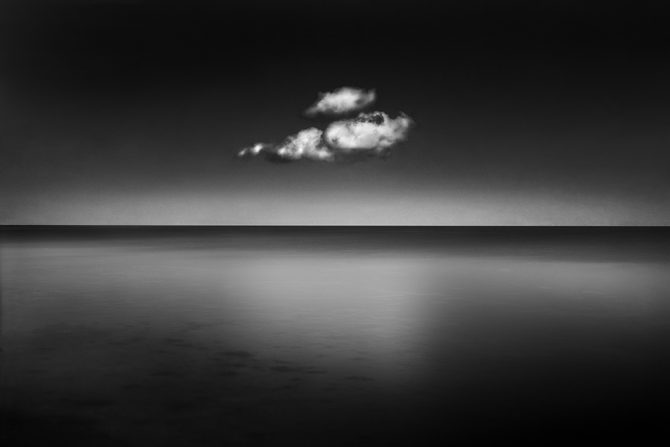
I just returned from a trip to Florida where I was hoping to get into a creative groove. However, once there I found that I was so out of “practice” that it took me several days just to get back up to speed. It reminded me of a recent experience.
My daughter was upset because she didn’t make the varsity basketball team. We discussed it and came to the conclusion that if she wanted to be on the varsity team she would have to improve her skills. She asked me how she was going to do that and I asked her a question: What if you were to shoot 1000 hoops a day, what would happen? She said “I’d be really good!”
Practice doesn’t just improve physical skills such as shooting hoops, it also develops and hones our creative skills. The more I practice seeing, the more I see. The more I practice breaking the “rules,” the more I create unique images. The more I practice shooting differently, the more different my work will become.
It’s not rocket science; practice can improve everything we do.
It then hit me how far I had strayed from my own personal goal of shooting every day. I had become so caught up in the “business” of photography that I had no time for the “art” of photography. Ironically, if I kept this up there would be no “business” to take care of and I’d have plenty of time to photograph!
When I look at my work since 2004, the times I was most productive were the times I was shooting every day. And when I say “shooting every day” I mean it literally. I carry my gear in my truck and anytime I saw something interesting, I’d stop and shoot. Even if I didn’t see something inspiring, I’d still stop somewhere and look. What I usually found was that most locations had something interesting if I looked hard enough and got close enough.
I’m recommitting to shoot every day; I’ll carry my gear with me, I’ll look constantly and I’ll shoot for at least 15 minutes a day. I’m 100% certain that this will result in some wonderful images that otherwise would not have happened.
Cole
P.S. I did eventually get into the spirit of things while in Florida and created the above image: Harbinger No. 12
September 28, 2009
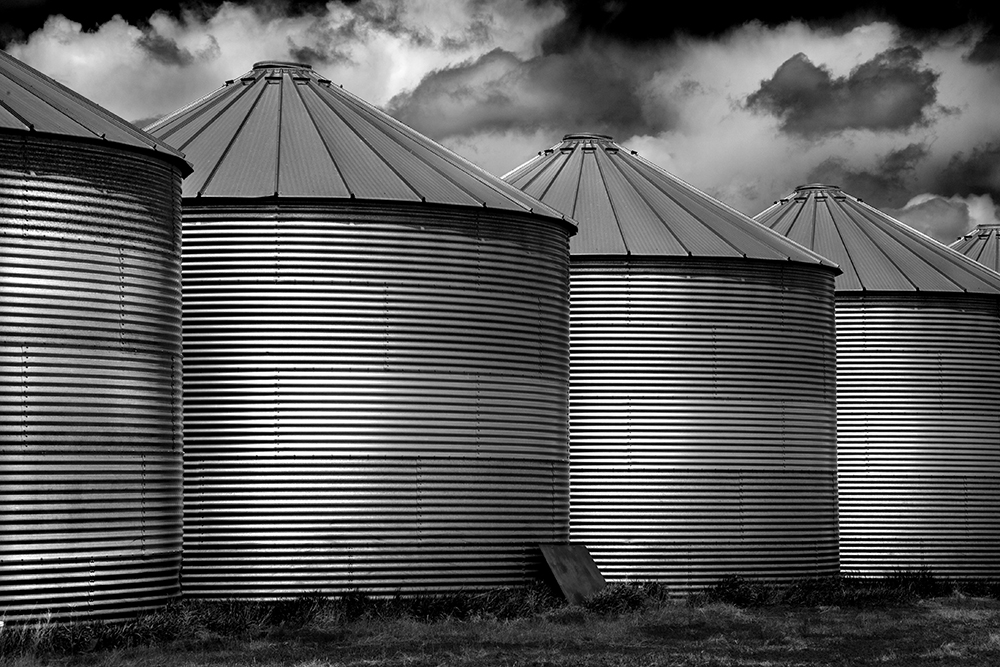
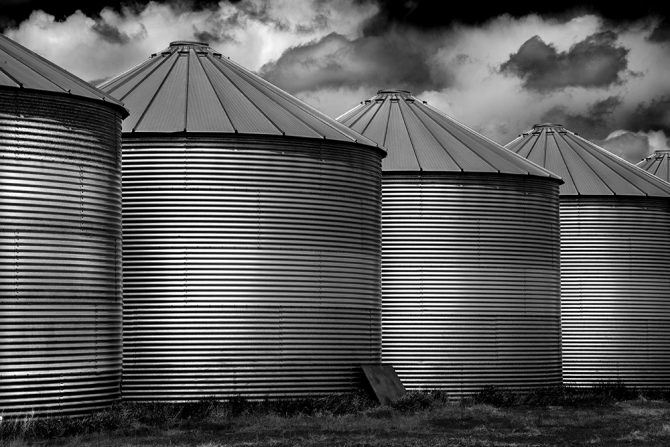
Last night I watched one of my favorite movies; The Fountainhead. Gary Cooper stars as architect Howard Roark, a stubborn and uncompromising individualist. His designs are uniquely his, rejecting tradition and the opinions of the experts. Because of these attitudes, he is a threat to those who require subservience.
As I seek to create, to find my own vision, Howard Roark has the ideals and standards that I admire; strong, confident, independent, and uniquely creative.
The title of this blog is “Never ask people, not about your work” and is a quote from The Fountainhead. Roark had attended college with a fellow architect who’s idea of success was to gain the approval and admiration of others. He came to Howard to ask him what he thought of his work:
“If you want my advice, Peter,” he said at last, “you’ve made a mistake already. By asking me, by asking anyone. Never ask people, not about your work. Don’t you know what you want? How can you stand it, not to know?”
Roark’s designs were not based on what the public wanted, and he didn’t judge his success by how others reacted to it. He had a vision and it was unimportant what others thought. In another scene Roark declares:
“I don’t make comparisons. I never think of myself in relation to anyone else. I just refuse to measure myself as part of anything. I’m an utter egotist.
The exact opposite of Howard Roarke is Ellsworth M. Tooey, an architectural critic who depends on the opinions of others for his power. He fears individualistic thinking because he knows that such men cannot be controlled. Here is Tooey’s thoughts on art:
“Artistic value is achieved collectively by each man subordinating himself to the standards of the majority.”
Because Tooey fears Roark’s individualism and refusal to subordinate himself to Tooey, he attempts to destroy him by ensuring that no one will commission him to design a building. After having successfully accomplishing this, Tooey has a chance encounter with Roark and wants to hear Roark acknowledge him:
“We’re alone. Why don’t you tell me what you think of me?”
“But I don’t think of you”
Tooey is devastated, for his self worth is measured externally by how others view him. Roark gave him the worse blow he could have received, he didn’t hate or admire Tooey, he didn’t think of him at all.
Roark is ultimately confident and is not constrained by others, he knows that he can do anything that he wants. In this exchange, Roark’s is being expelled from college for not conforming to his professor’s views on architectural design. The College Dean tells Roark that no one will allow him to design such work:
“My dear fellow, who will let you [design such work]?”
“That’s not the point. The point is, who will stop me?”
This is how I wish to live my art; Independently, strongly, passionately and confidently. My only measure of success shall be against my own internal standards. I simply seek to develop my talent and to express myself through my art.
To be able to do that, and to be true to myself, is success.
Cole
September 16, 2009


Have you heard about the many tools designed to give you great black and white images? There are special b&w conversion programs, plugins to make your images look like a specific type of b&w film, monochrome ink sets, custom print profiles, hi-tech monitor calibrators and more.
Are all of these necessary to produce a great print? I don’t know, but I don’t use them. My philosophy is “keep it simple” and for me, these tools are just expensive distractions that might make a 2% difference in the look of my image, but it takes the focus off of the 98%, the things that really matter.
Here are the secret tools and techniques that I use to create a great b&w image:
1. Start with the right shot. Certain images tend to lend themselves to b&w more than others and I look for subjects with great blacks and contrast opportunities.
2. Shoot in RAW and B&W mode. This will allow you to see the image on the camera display in b&w (making visualization easier) but the RAW image will still be in color, allowing you to convert it how you like.
3. Do as much in the RAW conversion process as possible.
4. Convert to b&w in Photoshop using the B&W Conversion tool (never desaturate or simply remove the color). Play with the color sliders to see how each will change the image and produce better contrasts. These sliders are like adding color filters to the lens, but after the fact and can make a dramatic difference in the image.
5. Don’t overuse the global controls. I try to avoid them whenever possible because they apply the effect to the entire image instead of selectively. I use dodging and burning as my primary tool, which allows me to change the image just where it is needed.
6. When dodging and burning, work slowly! I typically set the dodge/burn tool exposure to 1-3% and hardness to 0. Then I work very very slowly and let the effect build.
7. Use a pen and tablet to dodge and burn. The pen gives you precise control and the tablet is pressure sensitive. A mouse cannot do a good job of dodging and burning like a pen and tablet can. And purchase the largest tablet you can afford, once you learn how to use it, you will become addicted and it will become your primary processing tool.
8. Use a decent printer. Like cameras, there are many good printers but I love the Epson series with their wonderful K3 inks, and the included “b&w print mode” gives fantastic results.
9. Use a good paper, but be careful not to get caught up in the search for the “perfect paper.” I have friends who have been searching for years and the truth is that there are many wonderful papers out there that will server you well. I personally use Hahnemuhle Photo Rag 308 and Epson Exhibition Fiber.
~
Let me oversimplify and summarize it this way; I produce my prints with a copy of Photoshop l, a pen and tablet and an Epson printer, and that’s about it. You don’t need complicated or expensive extras to create stunning black and white prints.
Now I’m not saying those extras cannot improve your prints, I’m just suggesting that the time to experiment with the extras is after you’ve produced the best print you can with the basic tools and can go no further. Until then, that 2% extra improvement will just be an expensive distraction.
This is just my opinion of course, and there are many who might disagree, but I’ll let my images speak for themselves.
Cole
August 26, 2009
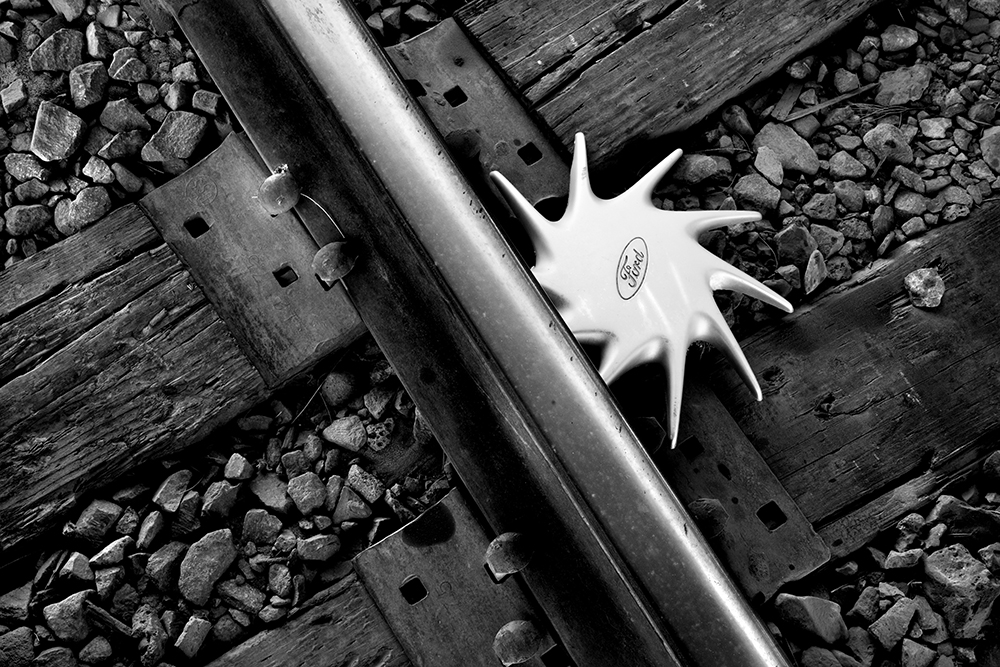
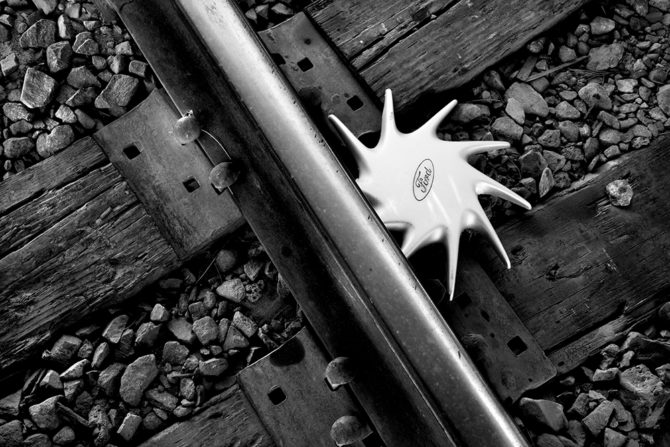
Why do you create? Who are you trying to please? If you have an image that you love, but the public does not, how does this affect your opinion?
Several blogs ago I had related this story about Edward Weston as recounted by Ansel Adams:
“After dinner, Albert (Bender) asked Edward to show his prints. They were the first work of such serious quality I had ever seen, but surprisingly I did not immediately understand or even like them; I thought them hard and mannered. Edward never gave the impression that he expected anyone to like his work. His prints were what they were. He gave no explanations; in creating them his obligation to the viewer was completed.”
We all would like our work to be appreciated, but do we sometimes depend too much on the opinions of others? Do we sometimes define our work or even ourselves as artists by what “they” think?
When you focus on producing work that others might like, your work will lack power and confidence. You can never please others, because there are just too many “others” out there and their tastes are fickle. Only when you follow your own creative compass can you be strong, confident and truly creative.
So choose to please yourself, because when it comes to your art, your opinion is the only one that really matters.
Cole
P.S. I chose the above image, Urban Starfish, specifically for this topic. It’s an image that I really like, but rarely do others appreciate it.
August 11, 2009
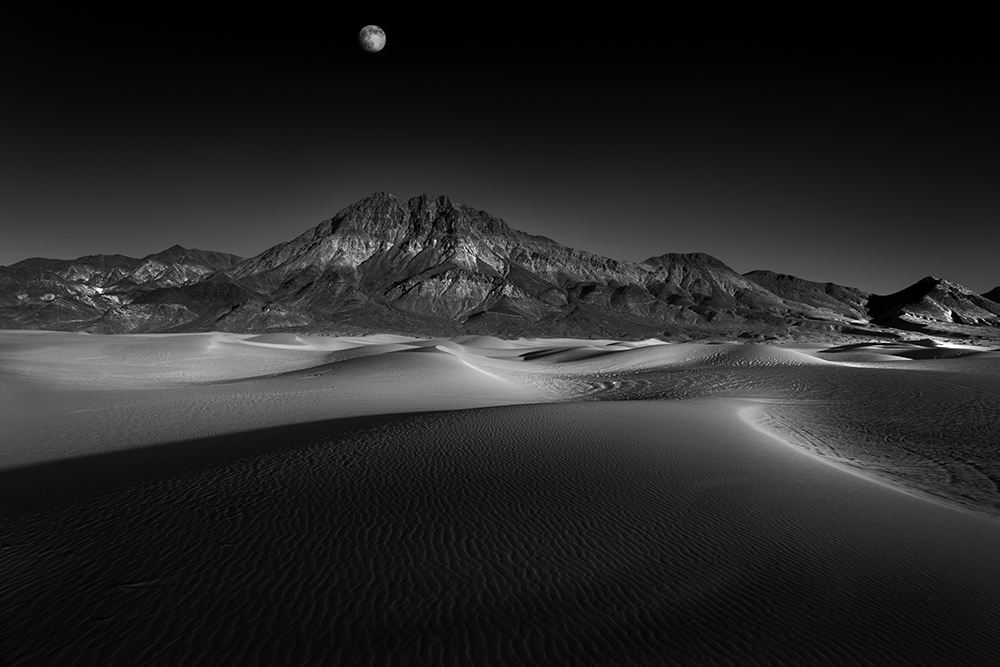
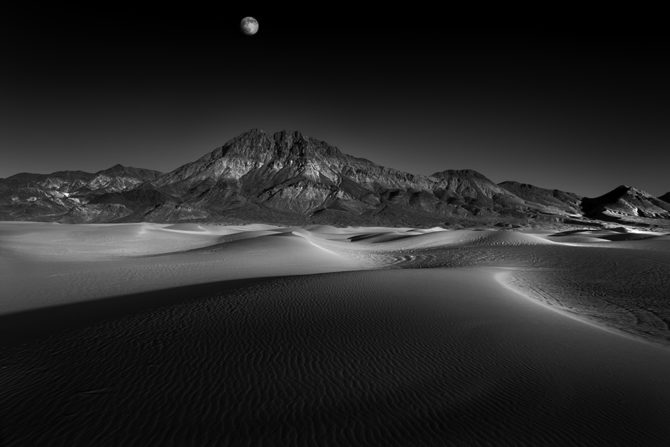
When I was younger, the ultimate compliment someone could give me would be to say: “Your images remind me of Ansel Adams’ work.” He was my childhood hero and I would dream of being “the next Ansel Adams.”
But then one day it hit me; there already was an Ansel Adams and nobody would ever do Ansel better than Ansel. And was that really the extent of my ambitions and the apogee of my dreams, to copy someone else’s work? I suddenly realized that I needed to create work that was uniquely mine.
But how? There isn’t a subject that hasn’t been photographed many times before, so how could I create unique work?
While it is true that most everything has been photographed, it has not been photographed through my eyes. We each have a unique vision buried inside and we must learn how to bring it out and develop it.
I am certainly not there yet, but I recognize what I must do to reach my goal. It is this desire to see things uniquely that has led me to the controversial practice of not looking at other photographer’s work. When I see a tree, I do not want visions of another photographer’s work flashing about in my head so that my creation simply becomes an imitation or extension of their work.
If possible, I would like to see that tree as if for the very first time, like a blind person might see it after an operation gives them sight for the very first time. Of course this is not completely possible, but I do try to keep my mind clear of other images as much as possible.
When I photographed people on the street of Ukraine, that certainly was not a unique idea, but I hope that having people close their eyes was a unique approach. Photographing ceiling lamps was not an original idea either, but I hope the viewpoint was.
I believe that we each have the capacity to be original, that we each have a unique vision that can be developed. For some, like myself, it was buried deep and I didn’t even know that it was there. Others are lucky to have this talent lying near the surface.
Cole
July 21, 2009
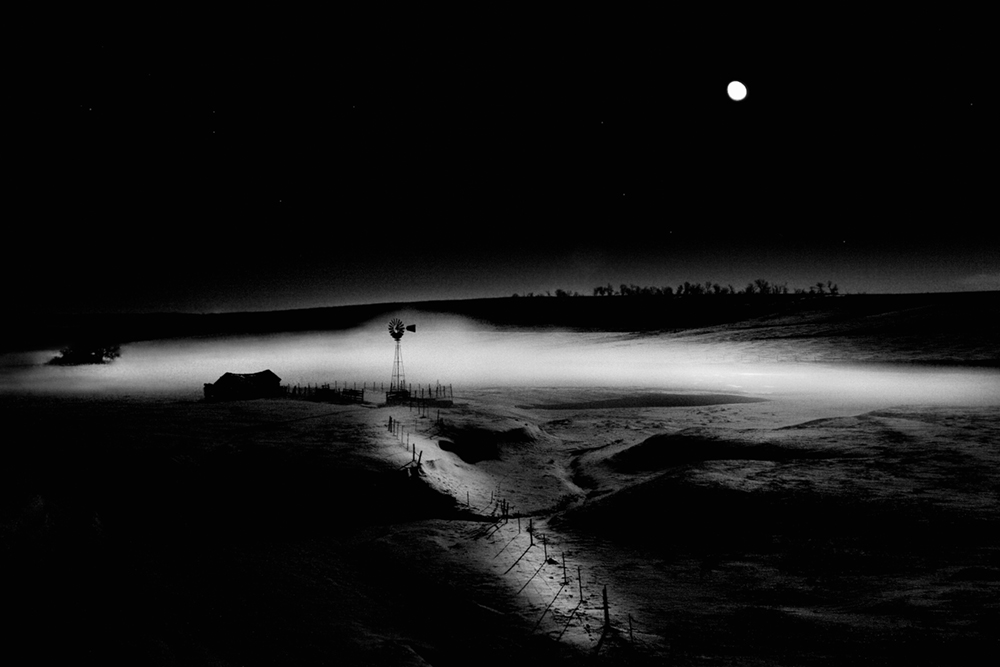
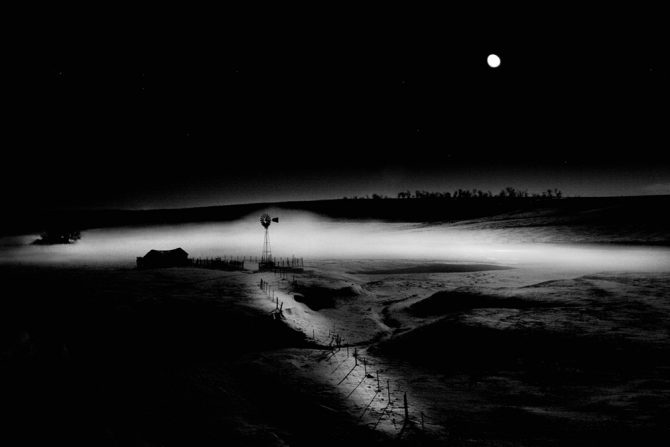
Windmill in Moonlight
This is one of the first “good” images that I created after a 30 year absence from photography. It was photographed in 2004 using my new Canon Digital Rebel with its amazing 6mp sensor! Waaaaaay back then digital was not accepted in fine art circles, but I felt differently about it’s ability and potential.
I had just dropped my friend off in Nebraska and was heading home when I came across this sight. It was a magnificent scene with the snow covered ground being illuminated by the near-full moon, and with a delicate fog hovering over the valley.
I wanted to stop, but it was late, I was tired and it was cold. So I drove on.
But after a minute I remembered a promise that I had recently made to myself; I would never again pass by a shot. If I kept going, those conditions and that opportunity would be lost forever, and so I turned around.
Hiking back through the snow, I was rewarded with an unbelievable scene…and then my battery died. I took out another and soon it was lifeless too. It was so cold that my batteries lost their strength and I would have to warm them up with my body just to get a few more shots.
The lighting was also a challenge, the moon was so bright that to properly expose the foreground, the sky washed out. Properly exposing the sky left the valley in darkness. My solution was to shoot one exposure for the foreground, another for the sky and later combine the two halves in Photoshop (using cut and paste, and not HDR).
The result was “Windmill in Moonlight” and a great experience that reinforced my commitment to always stop.
People often say to me “This picture reminds me of ….” (I’m not going to say which artist or which image). Back then I was flattered by such a comparison, but today I find it embarrassing.
That will be topic of my next blog.
Cole
April 23, 2009

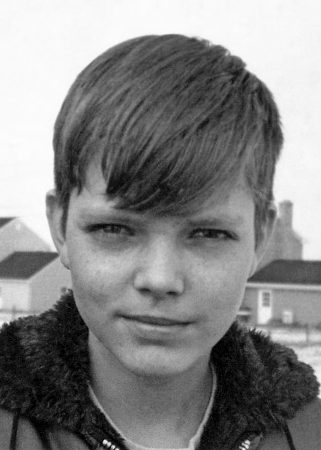
At 14 years of age, I knew that I was destined to be a fine art photographer.
Even at this early age I found myself drawn to a particular style of image, one that would literally cause a physical reaction in me. They were dark images created by Adams, Weston, Bullock and others. At age 14 I knew that I was destined to create such images.
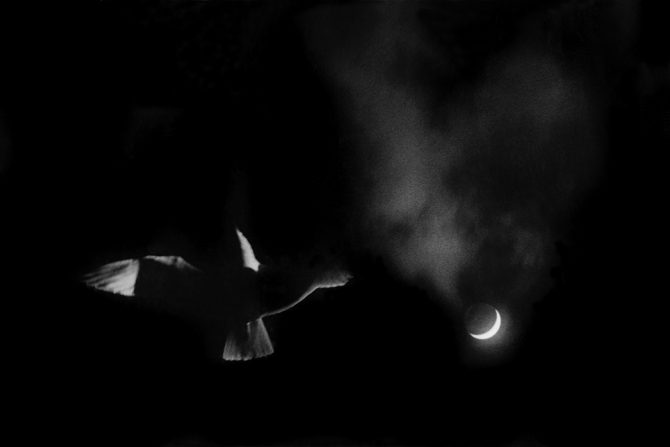
An important early influence in my life and my art was the poem “Invictus” by William Ernest Henley.
Out of the night that covers me,
Black as the Pit from pole to pole,
I thank whatever gods may be
for my unconquerable soul.
~
In the fell clutch of Circumstance,
I have not winced nor cried aloud.
Under the bludgeonings of Chance,
my head is bloody, but unbowed.
~
Beyond this place of wrath and tears,
looms but the Horror of the shade,
and yet the menace of the years,
finds, and shall find me, unafraid.
~
It matters not how strait the gate,
how charged with punishments the scroll,
I am the master of my fate:
I am the captain of my soul.
~
For me, this poem evokes dark images which form the inspiration for my photographs. Darkness in my images represents the trials of our human existence while the light represents the strength that comes from the realization that we are the captains of our souls.
Cole
April 9, 2009

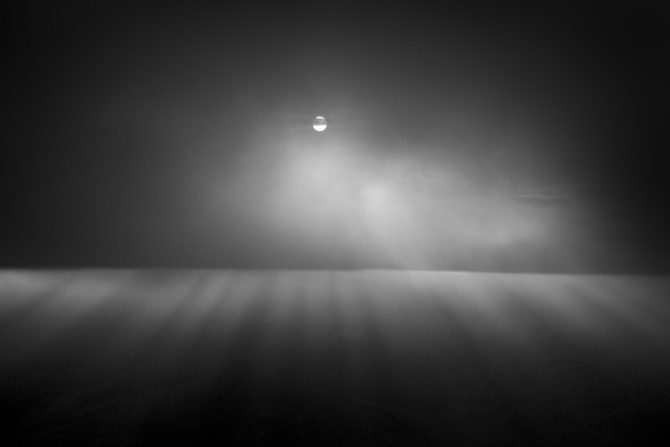
Ahhhhrrrrrrgggggg! I’m in an artistic slump! What do YOU do when this happens?
I get asked this question quite often, in fact weekly. While I don’t have “the” solution, I have “my solution” and perhaps the concept will work for you too?
The first thing I do, even though it’s hard, is to not panic. Panic and dwelling upon the problem just makes it worse. So relax and accept these two facts; slumps are normal and they will pass.
But I do find that there are certain things that can help the slump pass faster:
First, find something that inspires you artistically; for me it’s reading the Edward Weston Day Books and listening to the Beatles. Reading about Weston’s creative journey really excites me, almost immediately, and makes me want to get out and start shooting again. This man has always been my photographic idol and a true bohemian artist.
Listening to the Beatles inspires me in different way. Some musical groups have success with a certain sound and then they stick with that sound forever and ever, either because they are not creative enough to evolve or because they are afraid to change the sound that made them famous. Not so with the Beatles, they thrived when exploring new sounds and changing their style. That inspires me to do the same.
The next thing I do, and it’s a hard one, is to keep shooting with no expectation of doing good work. Just go out like you used to when you first discovered photography, shoot to have fun. Accept that you’ll bring home absolutely nothing of value and just enjoy the journey.
Now this last point I raise at the risk of fanning the flames of protest that I kindled a few weeks ago. During this time of wandering in a barren desert of creativity, I find that I can get a bit down on myself and question whether or not I’m any good, if I’ve ever done anything good, and if I ever will do anything good in the future. At these low points I find that looking at other photographer’s work is very depressing! I see how many great photographers there are out there and I just want to give up. So for me (please note this qualifier) I do not look at other photographers’ work when I’m down
Really, everyone goes through these periods and I promise they will pass. Just relax and enjoy the journey.
Cole
